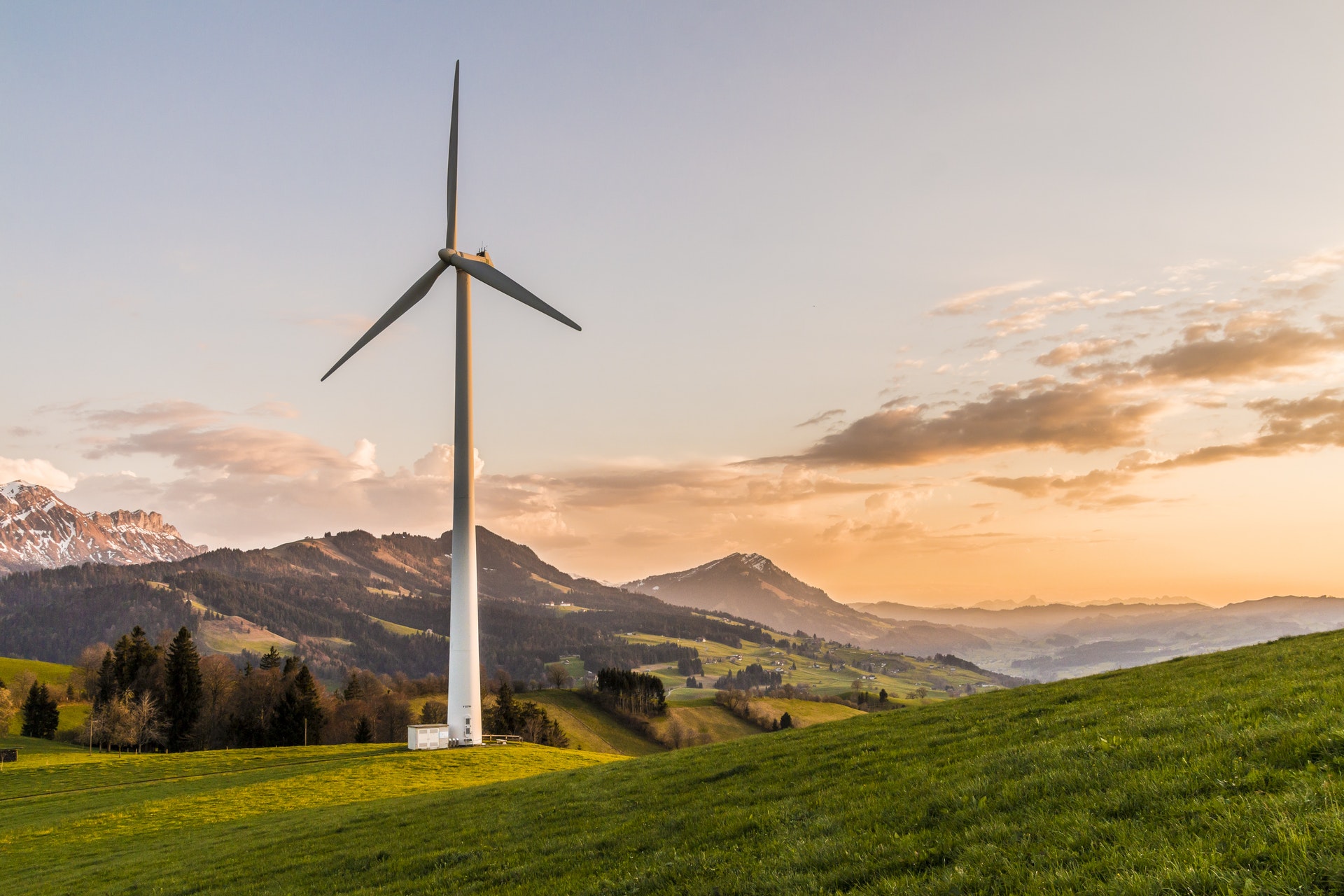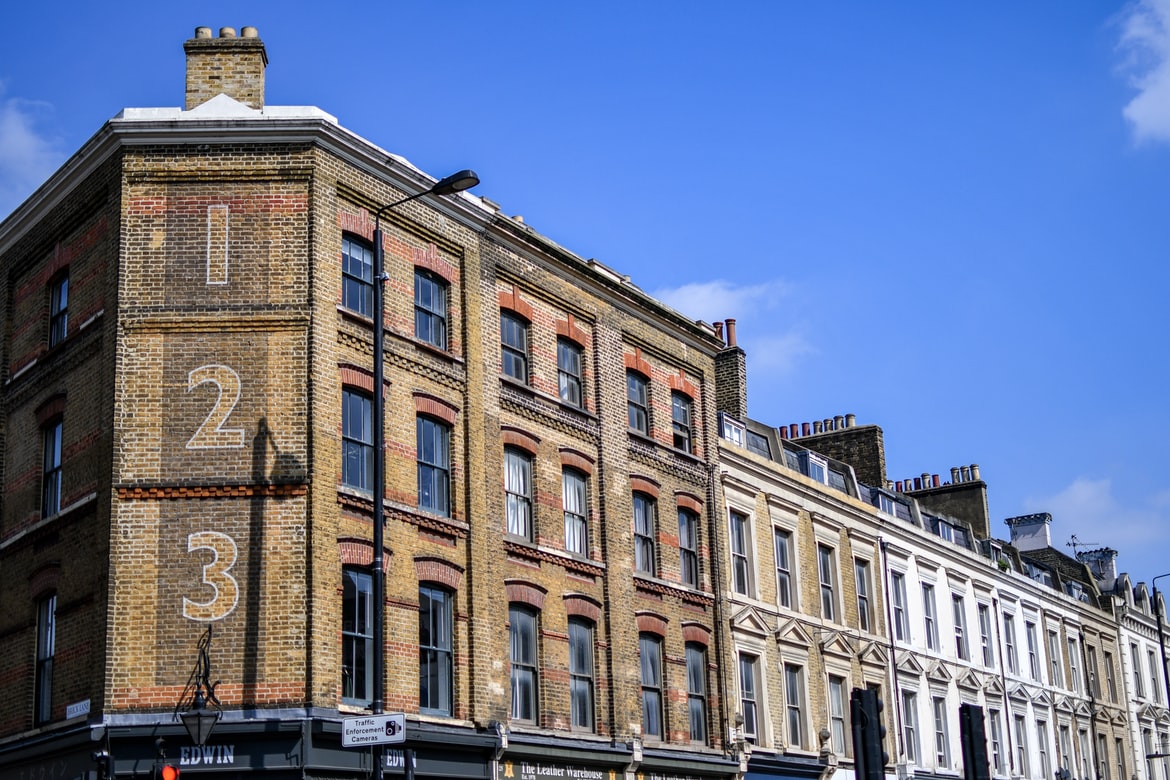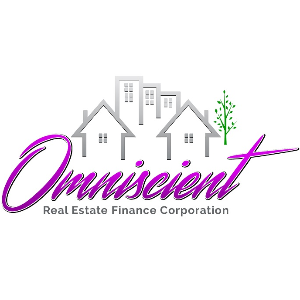
Kermit was wrong: it’s easier and easier to be green
___
Published Date 5/25/2022
As the world’s future becomes more climate complex, more and more homeowners are concerned about how flooding, fire, and drought may affect their homes. So many advances have been made to make our homes more sustainable, however. What if we began looking for every way possible to mitigate our impact on the environment? Whether you’re looking to buy a new home that’s more eco-friendly or looking for sustainable upgrades to your existing house, Realtor’s Alison Bentley explains what sustainable architecture is and how you can make a greener future for your own home.
Bentley defines sustainable architecture as an all-encompassing term that describes commercial and residential buildings designed, built, and lived in with an eco-friendly approach in mind. “Every step of the home building process takes sustainability into account – from designing and planning to choosing sustainable building materials and renewable energy sources for heating, cooling, plumbing, and blending the home into the natural environment,” she says.
She goes on to describe how sustainable architecture has its roots in age-old building techniques. “Since the first Earth Day in 1970, green architecture has seen a resurgence. Now that climate change is more apparent and affects homeowners across the globe, there are many reasons for architects and homeowners to embrace more sustainable buildings and houses. With sustainability, zero-waste, green, and environmentally friendly becoming popular terms, it’s essential to understand what exactly makes a home or commercial building sustainable.”
From using natural materials and reducing energy consumption to aiming for net-zero buildings and combating climate change, there are a number of ways to bring sustainable architecture into your home, including active sustainable design strategies, such as the use of energy sources such as electricity and gas to optimize energy consumption. “These strategies include solar panels for electrical power and heating, wind power, and higher-efficiency HVAC systems,” says Bentley. Other examples include smart home automation, Energy Star appliances, and radiant heated flooring.
In contrast, passive design strategies use natural elements to make a space more eco-friendly — factoring wind patterns and sun orientation into the building’s construction. “During the design process, architects may choose larger roof overhangs to protect the sunnier side of the home, allowing for better insulation during warm months,” says Bentley. “Another popular passive design choice is cross-ventilation, giving homes better airflow and reducing air conditioning use during warm months. Other examples include using recycled materials, durable exterior building materials, higher efficiency windows, and rainwater collection systems.”
Green building materials have evolved by leaps and bounds over the past 20 years or so. These are typically derived from natural materials and renewable sources, all aiding in reducing a home’s energy costs in the long run. Think bamboo, stone, straw bale, and adobe brick. You can even incorporate recycled materials like recycled plastics and reclaimed wood into your home’s design.
Those huge windmills, derived from ancient technologies, are made new again as elements of eco-friendly building design using renewable energy. Solar panels can now power your home, providing electricity, water heating, and air conditioning. And geothermal energy systems use the earth’s temperature to generate power into a home by means of an air source heat pump.
Outside, eco-friendly landscaping can reduce energy consumption used in traditional landscaping while also helping the environment. Drought-resistant landscaping reduces water usage while also reducing fertilizer and pesticides. Composting, growing your own vegetables and fruits, and strategically planting native plants or plants based on their need for sun or shade can all be part of a grand plan to reduce your carbon footprint.
Bentley suggests that even if you’re not in the market for a newly constructed green home, you can still make small changes that can make a significant impact in the long run — things like using LED light bulbs, smart thermostats, Energy Star appliances, energy-efficient toilets or bidets, composting, and using recycled products.
“As climate change affects more communities and more homes become at risk of drought, fires, and extreme climate events, it’s important to evaluate your home’s sustainability efforts,” says Bentley. “If you’re on the search for a new construction home, consider working with architects and construction companies that use sustainable practices or materials.”
Realtor, TBWS
All information furnished has been forwarded to you and is provided by thetbwsgroup only for informational purposes. Forecasting shall be considered as events which may be expected but not guaranteed. Neither the forwarding party and/or company nor thetbwsgroup assume any responsibility to any person who relies on information or forecasting contained in this report and disclaims all liability in respect to decisions or actions, or lack thereof based on any or all of the contents of this report.


Atiba Thompson
President
NMLS: 376247
470 OLDE WORTHINGTON RD, WESTERVILLE, OH 43082
470 OLDE WORTHINGTON RD,, WESTERVILLE OH 43082
Company NMLS: 796590
Office: 614-578-1623
Email: atiba@orefc.com
Web: http://www.orefc.com

Atiba Thompson
___
President
NMLS: 376247
Last articles
___

Three things that could impact rates this week
10/7/2024
These are the three areas that have the greatest ability to impact rates this we... view more

Three things that could impact rates the week starting 09-30-24
9/30/2024
This week we look to Fed speakers, Labor and economic data as the primary movers... view more

August Durable Goods Orders boosted by defense spending
9/26/2024
Headline August Durable Goods Orders were 9.9% versus estimates of -2.6%...... view more

Wildfire prevention: Rethinking landscaping habits
9/24/2024
In the aftermath of devastating wildfires that have ravaged...... view more

Three things that could impact rates the week starting 09-16-24
9/16/2024
This week we look to Retail Sales, FOMC and other central banks as the primary m... view more

Home sweet home? America's rollercoaster ride
8/26/2024
The U.S. housing market has been on a wild ride in 2024...... view more

The Dark Side of Solar
8/23/2024
Few things on earth are free, including solar energy. While it can offer long-te... view more

Initial Weekly Jobless claims meet expectations
8/22/2024
Initial Weekly Jobless Claims were inline with expectations, 232K versus et of 2... view more
Load more
 470 OLDE WORTHINGTON RD, WESTERVILLE, OH 43082
470 OLDE WORTHINGTON RD, WESTERVILLE, OH 43082

